This hilarious hokkien music video “Jiak Pa Buay” shows how storytelling is used digitally by Singapore Government (courtesy of Gov.SG YouTube)
How does the public sector use digital and social media marketing? Which government agencies are leading on the digital front?
Before we get there, do you know that Singapore was ranked no 3 in the United Nation’s annual survey of e-Government initiatives in 2014 (after South Korea and Australia)?
A comparative study of digital governments by Accenture across 10 countries have also ranked Singapore as the top, followed by Norway, UAE and South Korea.
Singapore tops a digital government study by Accenture (courtesy of Accenture)
Online e-Services are available for virtually every public service imaginable. They include the renewal of passports, booking of Individual Physical Proficiency Tests (IPPT), filing and paying of taxes, paying of traffic fines to registering of new businesses.
Singapore – a Digital Nation
Naturally, this did not happen by accident. In fact, our government has pushed for e-Services for the longest time.
As part of Singapore’s eGovernment drive, an eGov2015 Masterplan was developed back in 2011 outlining three strategic thrusts:
- Co-creating For Greater Value
- Connecting For Active Participation
- Catalysing Whole-of-Government Transformation
These thrusts can be visualised in the diagram below (courtesy of eGov.gov.sg):
Embracing online public services makes a lot of sense in Singapore, considering how digitally connected we are as a nation.
According to IMDA’s Infocomm statistics, mobile phone penetration rate reached a staggering 148% in Singapore (ie 1.5 smartphones per person). What’s more, we have 1.35 million residential wired broadband subscriptions, and over 10 million wireless broadband subscriptions.
Digital Marketing Defined
Online services alone are useless if citizens and residents do not know about them. This is where digital marketing comes in. According to Financial Times, Digital Marketing is broadly defined as…
“The marketing of products and services using digital channels to reach consumers… Digital marketing extends beyond internet marketing to include channels that do not require the use of the internet. It includes mobile phones (both SMS and MMS), social media marketing, display advertising, search engine marketing, and any other form of digital media.”
In the public sector, citizens and residents are not “customers” in the traditional sense. Thus, digital marketing is probably more of a hybrid of public communications, education, outreach, and service.
Given the overwhelming online clutter, public agencies will need to “promote” their services through digital and social channels, especially if their work is promotional in nature.
Let us now look at some examples of government agencies which are killing it online.
[NEW in 2016] Video Marketing
Videos are fast becoming the killer content on the social web, and experts have predicted that 2016 is the year where videos will dominate the digital domain. Online videos now account for 50% of mobile visitor traffic.
In this space, the Youtube channel of Ministry of Communications and Information (MCI) scored. Together with the Whole Of Government (WOG), MCI did a massive video content marketing exercise using Emotion and Stories to increase virality. Some of these were pretty funny, like the interactive squirrel ad below, which urged viewers to better plan for their retirement.
Others like the Provision Shop mini-movie (below) were heartwarming and nostalgic in appeal.
Content Marketing
According to the Content Marketing Institute, content marketing is a “marketing technique of creating and distributing valuable, relevant and consistent content to attract and acquire a clearly defined audience to drive profitable customer action.”
In the public service, “profitable customer action” would probably be equated with desired actions taken by the public which improves productivity and reduces cost for both the government and taxpayers alike.
The Inland Revenue Authority of Singapore (IRAS) scores in this area. Its recently revamped website is easy to navigate yet chock full of useful content and links that explain in simple layman language the various steps involved in filing and paying of taxes.
What I especially like are its numerous FAQs covering practically every question a taxpayer may have. These are arranged by categories according to tax types (individual, corporate tax, property tax, GST, etc) and popularity. IRAS also has various tools, calculators, spreadsheets and infographic guides that help to simplify the process of paying taxes for both businesses and individuals alike.
IRAS also has a nifty “Ask Jamie” virtual assistant feature to answer taxpayer queries. This is probably the only one of its kind in the public sector.
Home Page of IRAS Website (courtesy of IRAS)
Online Education
As I’ve previously shared, marketing is more closely aligned to teaching these days. By educating and training your consumers, you help to gain their trust and respect. Doing so helps to improve their affiliation with your company and its brands.
In the public sector, online education serves three purposes:
- It improves productivity and efficiency for both the public and the agency.
- It reduces the cost of administering public services – face-to-face transactions and phone calls are more labour intensive and expensive.
- It improves the well-being of citizens and residents since they are more likely to make informed and better choices.
There are many government agencies investing significant effort and time in public education, but I’d like to highlight MoneySENSE, a national financial education programme in Singapore.
Launched in 2003, MoneySENSE aims to help consumers become more financially independent by “helping consumers acquire the knowledge and skills to manage their day-to-day finances, make prudent investments, plan for their longer-term needs and exercise their rights as consumers of financial services.”
The website is fairly comprehensive in covering different aspects of personal financial education, from financial planning to discerning between different financial products. What I found especially useful was the structured way in which financial needs at different life stages were presented (see screenshot below).
You can check out the MoneySENSE website here.
Courtesy of MoneySense
Engaging Facebook Fans
With practically everybody on Facebook these days, it seemed to be almost mandatory for a public agency to have a Facebook page. While many do have their own Facebook communities, few have managed them as well as our uniformed services.
Two in particular are worth noting – Singapore Police Force (SPF) and Singapore Civil Defence Force (SCDF).
What made these Facebook pages so popular (SPF had 432,545 “likes” while SCDF had 44,413 “likes” as of 9 Oct 2015) and engaging?
- Timely News – Both agencies share the latest updates on crimes and fires on their Facebook pages.
- Interesting Event Photographs – Facebook posts from both agencies usually come with interesting event and news photographs that encourage likes, comments and shares.
Example of a popular post on Singapore Police Force’s Facebook Page
- Community Engagement – SPF regularly seeks help from their Facebook community to look out for suspects, or posts updates on ongoing cases.
- Humour – Occasionally, SCDF posts some pretty witty updates, much to the delight of their fans, on both Facebook and Twitter.
SCDF knows how to dowse those fires in more ways than one (courtesy of Challenge Magazine)
Broadcasting via Twitter
Instantaneous in nature, Twitter is a great way to broadcast and disseminate information quickly to a broad audience.
Twitter can also be used as a citizen service channel. It allows agencies to receive feedback from the public and to respond to them. Due to Twitter’s text limits (maximum of 144 characters), tweets are limited to headlines and short messages with shortened URL links and hashtags.
I recalled back in 2009 when I was studying in Melbourne how the Victorian state government in Australia used Twitter to warn the public about the raging bush fires. At one time, the hashtag #bushfires was the most searched item on Twitter. Those alerts were very useful to residents across the far flung corners of the state.
Here in Singapore, the National Environment Agency (NEA) uses its Twitter account (@NEAsg) to alert the public on changing weather patterns. With over 154,000 followers, their reach can be quite significant.
This became useful during the recent haze, when the air in Singapore becomes polluted by the smoke blowing here from neighbouring islands like Sumatra and Kalimantan. Through hourly updates provided by @NEAsg, the public could take the right action to protect themselves.
Courtesy of @NEAsg
Visual Marketing via Infographics
Information graphics or infographics (learn how to do so with this guide from Venngage here) are “graphic visual representations of information, data or knowledge intended to present complex information quickly and clearly”.
By simplifying facts, figures and processes using a visual system, they help to improve our abilities to comprehend and digest complex information.
According to Slideshare’s blog, Infographics are more viral than presentations or documents. Their growth corresponds to the shift in visual social media content, catalysed by apps and platforms like Instagram, Pinterest, Vine, and TikTok.
As purveyors of abundant content covering the entire spectrum of public life, government agencies are well placed to take advantage of infographics.
Here in Singapore, I’m glad to see that the Department of Statistics (DOS) has an entire page full of infographics. These charts and diagrams cover our economy, household expenditure, population census, and other areas.
To increase their shareability and virality, these infographics could be embedded as JPEG files on individual web pages with social share buttons that encourage visitors to share them on Facebook, tweet a link to that page, or pin them on Pinterest. You can use tools like Venngage to create them!
The individual pages could also be optimized for SEO using the right content architecture, headings, keywords, and tags.
Infographics on the profile of enterprises in Singapore (courtesy of Department of Statistics)
Mobile Applications (Apps)
With a huge proportion of our population checking their smartphones and tablets at all times, it makes sense for public agencies to develop apps to improve the convenience of citizens and residents.
Apps help to communicate, educate and provide “Youtility” (read my book review here) to residents and citizens.
Many government agencies have already done so, rolling out apps compatible for both iOS and Android devices across a wide spectrum. The most recent is the OneService Mobile App launched by the Municipal Service Office (MSO). The app allows residents to provide feedback in areas like “Animals”, “Cleanliness”, and “Roads and Footpaths”.
Let me highlight two that are worth noting.
interactive Diet and Activity Tracker (iDAT)
iDAT is an interactive Diet and Activity Tracker developed by the Health Promotion Board (HPB). Some of its cool and nifty features include the following:
- Tracking food intake and physical activity
- Real time calorie balance tracking
- Goal setting
- Localised diet and activity choices
- Social networking with an online web community
Screenshots of the iDAT app reveals its functionalities below.
NLB Mobile App
If you are a library visiting bookworm like me, you would love the National Library Board’s (NLB’s) Mobile App. Its most nifty feature is that of allowing users to borrow library items simply by scanning the NLB barcode! Other handy features include:
- Checking and renewing of current loans
- Place reservations of library items
- Receive loan suggestions based on loan history
- Performing searches against the library catalogue
- Tracking search histories
- Viewing the latest arrivals to the libraries
Check out the screenshots of the app below.
Tools, Templates and Calculators
Speaking of utility, government agencies can also serve their public stakeholders better by helping them to solve their problems or achieve their goals in life. This can be done by supplying the public with handy online tools, templates and calculators that allow them to work things out themselves.
Let me highlight two examples here.
The first is the One Motoring website by the Land Transport Authority (LTA). Although this website has been around for quite a few years, its range of tools and calculators still provide great utility not just to consumers but car dealers, workshops, insurance companies, and other players in the transport ecosystem.
Courtesy of One Motoring
The other website which I visit fairly frequently is that of the Central Provident Fund (CPF). They have a page linked to all kinds of calculators and templates, covering topics like buying homes, taking loans, or planning for one’s retirement. An example of such a calculator can be seen below.
CPF’s Retirement Calculator (courtesy of CPF website)
The Digital Road Ahead
As you’d imagine, digital marketing in the public sector isn’t just a sprint but a marathon.
Satisfying and delighting citizens and residents is never going to be just a walk in the park. The only way to do so is to keep investing in better designed websites, improved e-services, enhanced educational resources, and deeper levels of engagement on social media.
Naturally, there will be room for improvement. The biggest elephant in the room right now is the need for websites to be responsive and mobile friendly. Google has recently announced that they will boost the ranking of mobile friendly websites in search rankings relative to non-mobile-friendly websites.
While some agencies have started rolling out mobile friendly websites, others have yet to venture on this journey.
Are there other examples of public agencies killing it on digital and social media? I’d love to hear your thoughts.


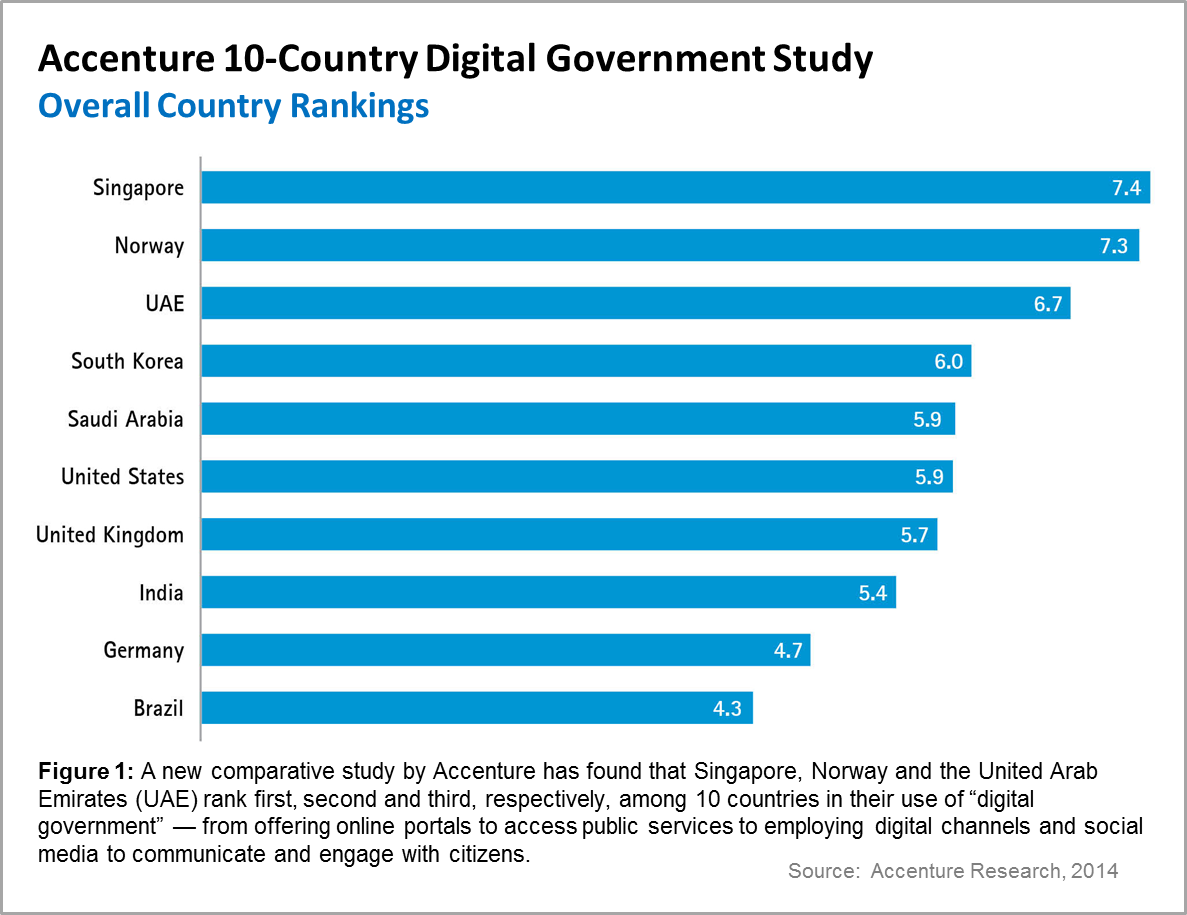
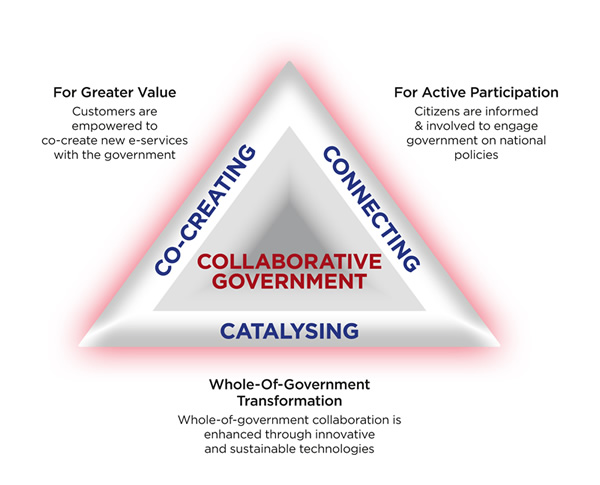
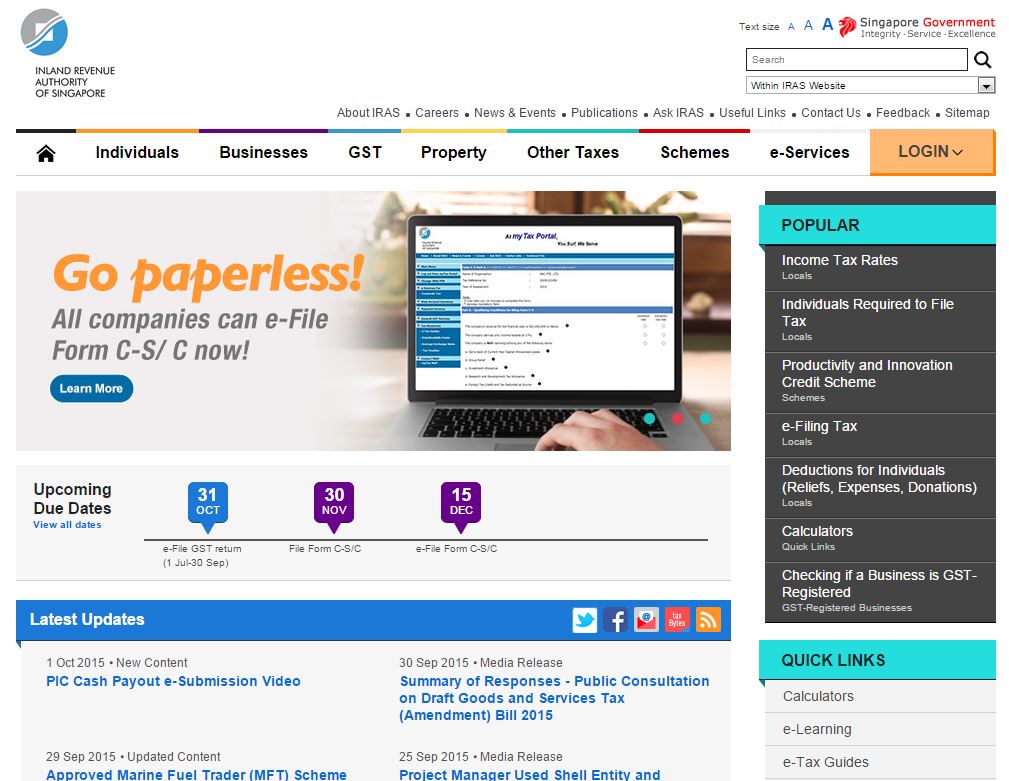


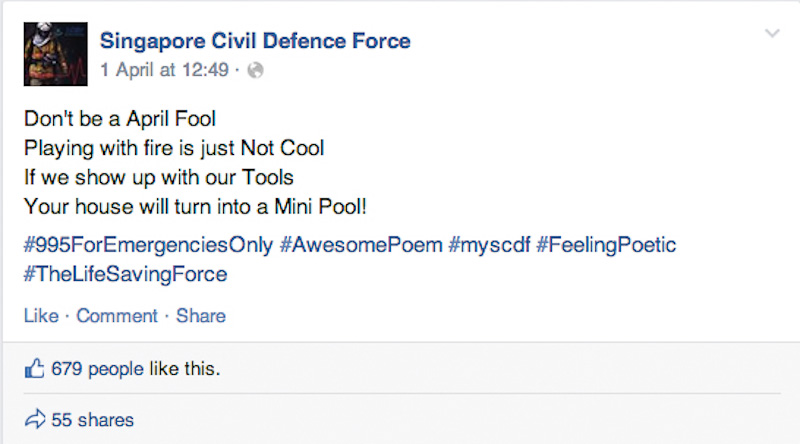
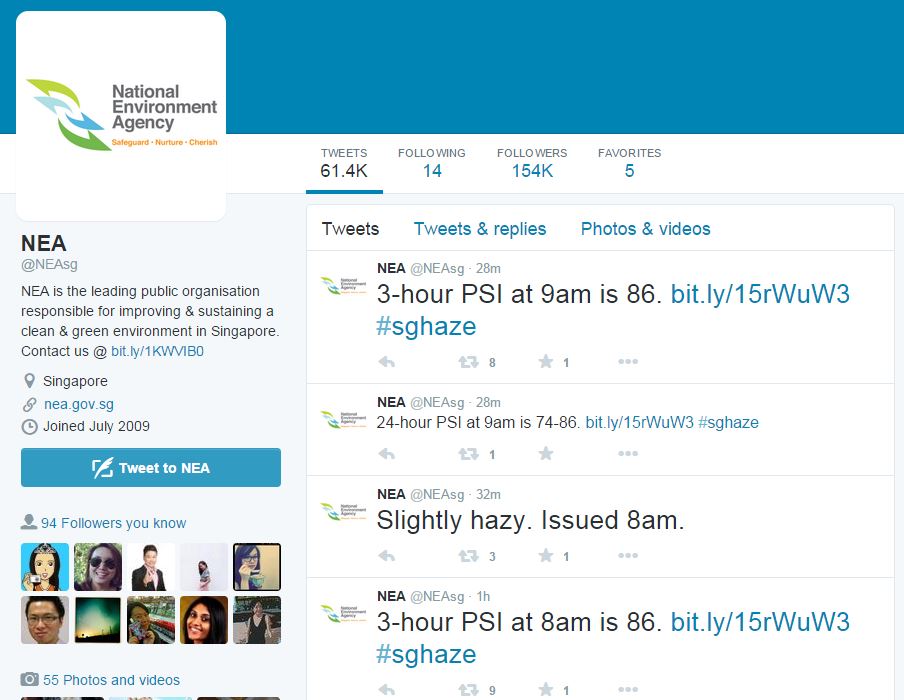


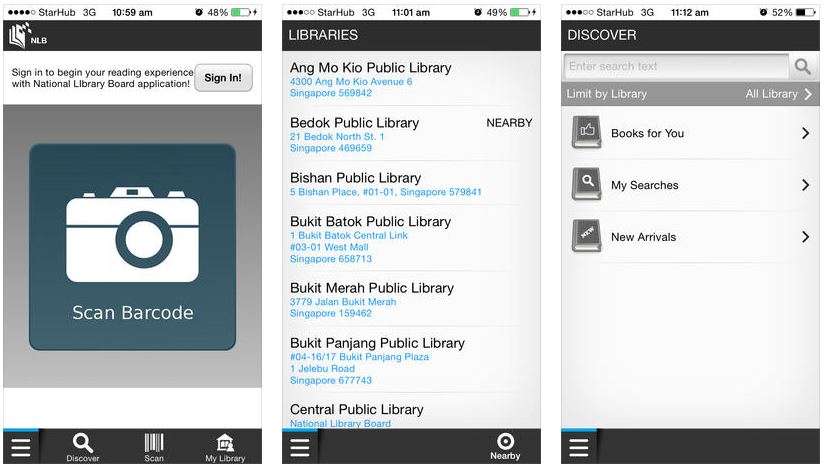
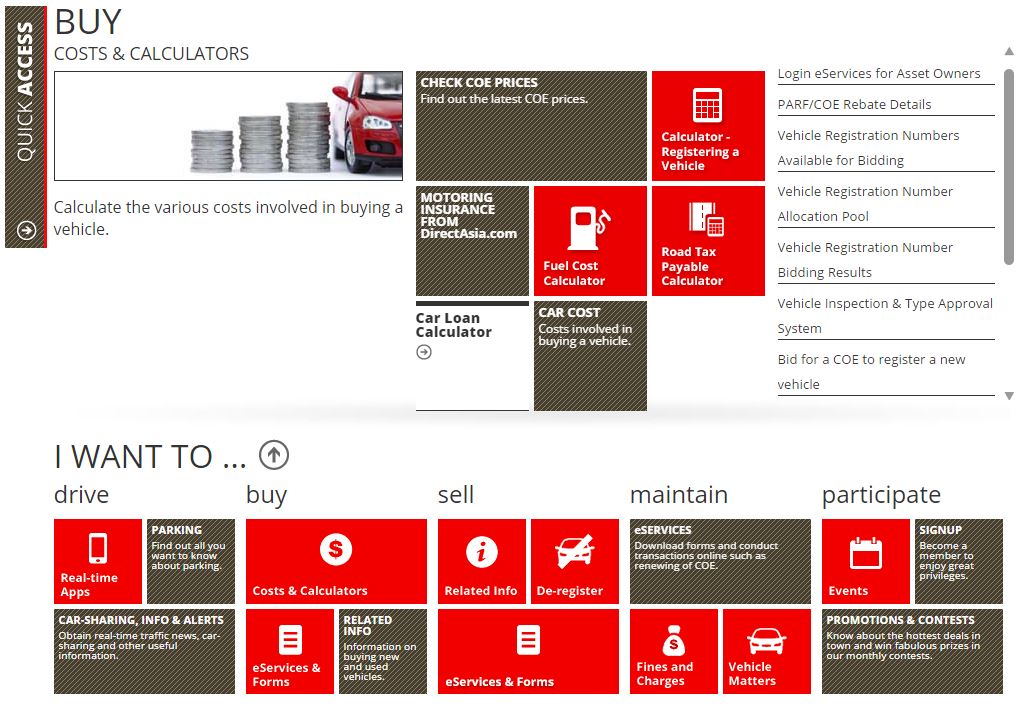
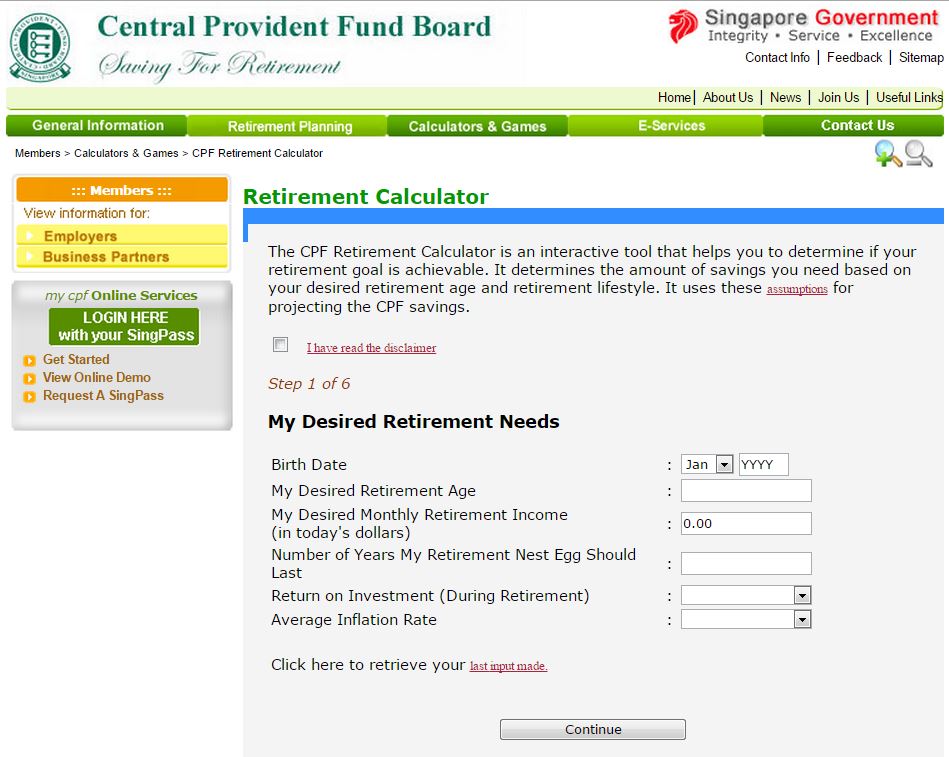
2 Comments